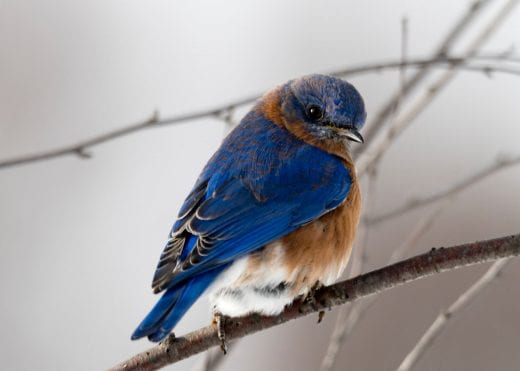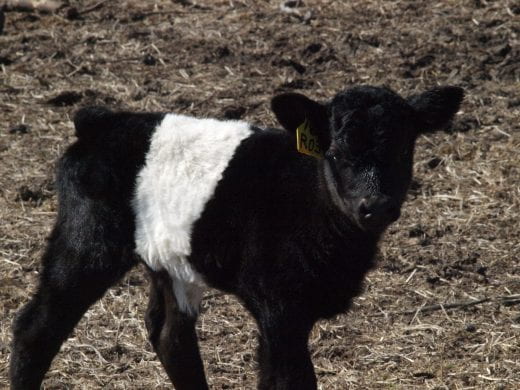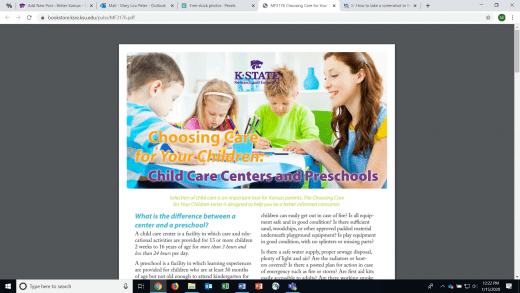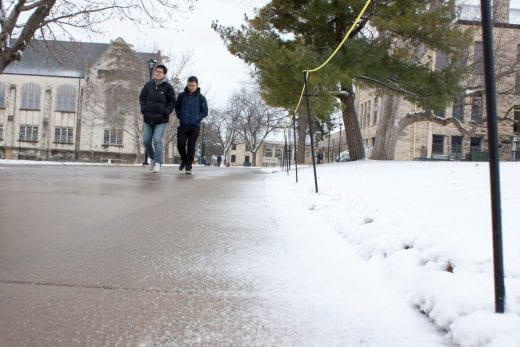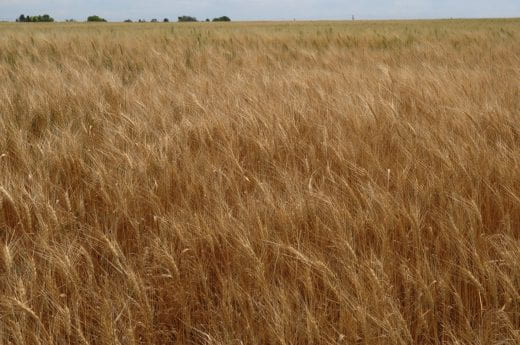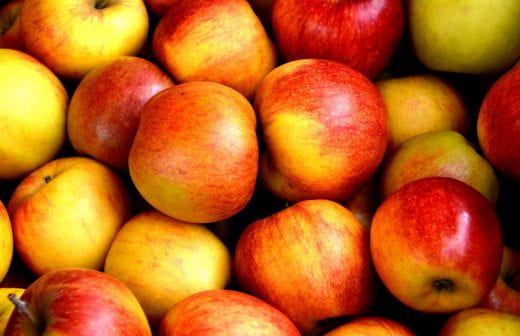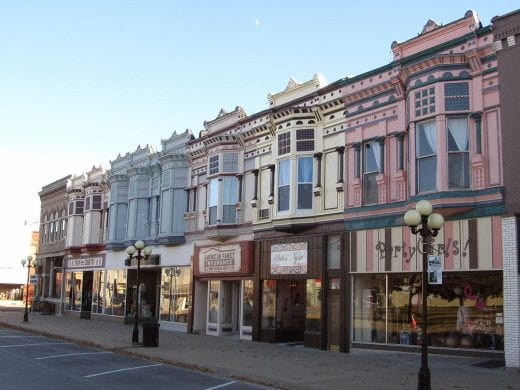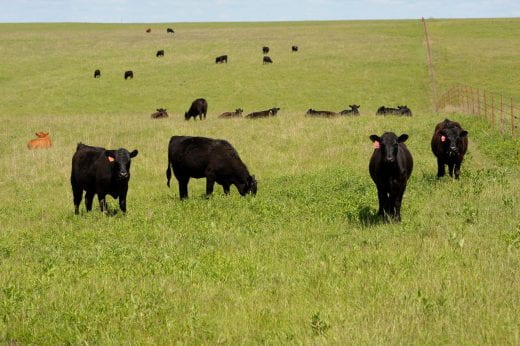Welcome to Better Kansas, where every Thursday we shed light on events, resources and other information designed to make your life, businesses, communities and state better. This is a small glimpse of what K-State Research and Extension across the state has to offer. Share on social media and subscribe! – Mary Lou Peter mlpeter@ksu.edu
Better Living, Better Communities
 SOME YOUNG CHILDREN SEEM ARTICULATE BEYOND THEIR YEARS …. SURELY THAT WAS OUR CHILDREN, RIGHT?! We know it’s important to read to kiddos from the beginning, plus talking with them and playing with them as they grow helps them learn new words and important skills to interact with others. It may seem like so much extra effort, but such activities stimulate a child’s imagination and help them develop language and listening skills. For a quick reminder about how and why it’s important for all children from babies to toddlers to preschoolers, take a look at Talk, Read, Play.
SOME YOUNG CHILDREN SEEM ARTICULATE BEYOND THEIR YEARS …. SURELY THAT WAS OUR CHILDREN, RIGHT?! We know it’s important to read to kiddos from the beginning, plus talking with them and playing with them as they grow helps them learn new words and important skills to interact with others. It may seem like so much extra effort, but such activities stimulate a child’s imagination and help them develop language and listening skills. For a quick reminder about how and why it’s important for all children from babies to toddlers to preschoolers, take a look at Talk, Read, Play.
 HAVE YOU THOUGHT ABOUT TURNING THAT FAVORITE RECIPE into a business? Maybe the famous salsa you make that has the special secret ingredient? Or that amazing bread that your friends and family are always asking for? The Kansas Value Added Foods Lab can help walk you through the process of developing your product safely and stay in the lines when it comes to current regulations. You’ll find helpful resources and even questions everyone should ask themselves when making decisions along the way including screening, feasibility, test marketing and commercialization.
HAVE YOU THOUGHT ABOUT TURNING THAT FAVORITE RECIPE into a business? Maybe the famous salsa you make that has the special secret ingredient? Or that amazing bread that your friends and family are always asking for? The Kansas Value Added Foods Lab can help walk you through the process of developing your product safely and stay in the lines when it comes to current regulations. You’ll find helpful resources and even questions everyone should ask themselves when making decisions along the way including screening, feasibility, test marketing and commercialization.
Better Farming, Ranching and Gardening
ORDERS ARE NOW BEING TAKEN BY THE KANSAS FOREST SERVICE FOR LOW-COST TREE SEEDLINGS to be planted for conservation purposes, according to a recent Horticulture Newsletter. Orders will be taken until May 1. Shipping starts in mid-March. Though not to be used for home landscapes, these trees can be used for wind breaks, wood lots, wildlife habitat, riparian areas along streambanks and more. We know how windy it can get in Kansas! Take a look at the newsletter or order here.
 WHEN WE THINK OF GROWING CROPS THAT FEED THE WORLD, MANY STILL THINK of basic tractors and tilled fields – not really inaccurate but SO much more is happening on today’s farms. Growers know that taking care of the land and being efficient mean understanding how incredible new technologies can help pinpoint where part of a corn field is receiving too little moisture for instance, or which area of a soybean field has pests happily feasting on plants. Listen to this Agriculture Today radio segment to learn how new technology can help farmers sort wheat by protein — important because the amount of protein in wheat helps determine what food or feed product it’s best suited for. The radio segment also includes commentary on the grain market and other helpful information. A separate Agriculture Today podcast delves into the economic feasibility of autonomous farming systems. Listen in.
WHEN WE THINK OF GROWING CROPS THAT FEED THE WORLD, MANY STILL THINK of basic tractors and tilled fields – not really inaccurate but SO much more is happening on today’s farms. Growers know that taking care of the land and being efficient mean understanding how incredible new technologies can help pinpoint where part of a corn field is receiving too little moisture for instance, or which area of a soybean field has pests happily feasting on plants. Listen to this Agriculture Today radio segment to learn how new technology can help farmers sort wheat by protein — important because the amount of protein in wheat helps determine what food or feed product it’s best suited for. The radio segment also includes commentary on the grain market and other helpful information. A separate Agriculture Today podcast delves into the economic feasibility of autonomous farming systems. Listen in.
 FROM THE EARLY DAYS OF DODGE CITY TO THE STOCKYARDS IN KANSAS CITY (okay, the stockyards were just over the border in Missouri 🙂 Kansas has been known for its cattle. But there are also a surprising number of sheep and goats across our state. We’re talking about 43,000 goats raised for meat and 6,000 for dairy, plus 74,000 head of sheep. If you raise sheep or goats or are just interested in knowing more about them, check out the Sheep and Meat Goat Research and Extension Page. I used to work for a woman who was a force of nature from Scotland. Rosemary made the very best roast leg of lamb, plus grew her own mint for mint sauce. Soo good!
FROM THE EARLY DAYS OF DODGE CITY TO THE STOCKYARDS IN KANSAS CITY (okay, the stockyards were just over the border in Missouri 🙂 Kansas has been known for its cattle. But there are also a surprising number of sheep and goats across our state. We’re talking about 43,000 goats raised for meat and 6,000 for dairy, plus 74,000 head of sheep. If you raise sheep or goats or are just interested in knowing more about them, check out the Sheep and Meat Goat Research and Extension Page. I used to work for a woman who was a force of nature from Scotland. Rosemary made the very best roast leg of lamb, plus grew her own mint for mint sauce. Soo good!
_
For more resources and activities, contact the K-State Research and Extension office in your area. Check out our other blogs and subscribe to our weekly emails here: https://www.ksre.k-state.edu/news/blogs/




